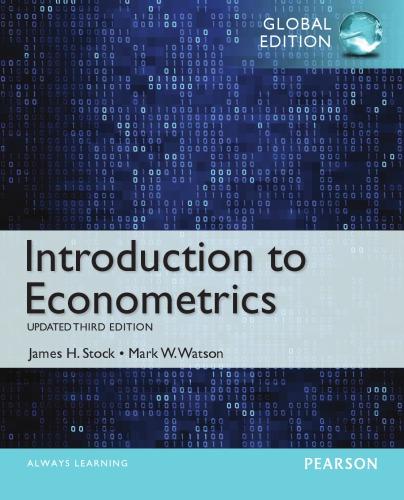E3.2 A consumer is given the chance to buy a baseball card for $1, but he declines
Question:
E3.2 A consumer is given the chance to buy a baseball card for $1, but he declines the trade. If the consumer is now given the baseball card, will he be willing to sell it for $1? Standard consumer theory suggests yes, but behavioral economists have found that “ownership” tends to increase the value of goods to consumers. That is, the consumer may hold out for some amount more than $1 (for example, $1.20) when selling the card, even though he was willing to pay only some amount less than $1 (for example,
$0.88) when buying it. Behavioral economists call this phenomenon the
“endowment effect.” John List investigated the endowment effect in a randomized experiment involving sports memorabilia traders at a sports-card show. Traders were randomly given one of two sports collectibles, say good A or good B, that had approximately equal market value.1 Those receiving good A were then given the option of trading good A for good B with the experimenter; those receiving good B were given the option of trading good B for good A with the experimenter. Data from the experiment and a detailed description can be found on the textbook website, www
.pearsonglobaleditions.com/Stock_Watson, in the files Sportscards and Sportscards_Description.2
a. i. Suppose that, absent any endowment effect, all the subjects prefer good A to good B. What fraction of the experiment’s subjects would you expect to trade the good that they were given for the other good? (Hint: Because of random assignment of the two treatments, approximately 50% of the subjects received good A and 50% received good B.)
ii. Suppose that, absent any endowment effect, 50% of the subjects prefer good A to good B, and the other 50% prefer good B to good A. What fraction of the subjects would you expect to trade the good that they were given for the other good?
iii. Suppose that, absent any endowment effect, X% of the subjects prefer good A to good B, and the other (100 – X)% prefer good B to good A. Show that you would expect 50% of the subjects to trade the good that they were given for the other good.
b. Using the sports-card data, what fraction of the subjects traded the good they were given? Is the fraction significantly different from 50%? Is there evidence of an endowment effect? (Hint: Review Exercises 3.2 and 3.3)
c. Some have argued that the endowment effect may be present, but that it is likely to disappear as traders gain more trading experience.
Half of the experimental subjects were dealers, and the other half were nondealers. Dealers have more experience than nondealers.
Repeat
(b) for dealers and nondealers. Is there a significant difference in their behavior? Is the evidence consistent with the hypothesis that the endowment effect disappears as traders gain more experience?
(Hint: Review Exercise 3.15).
Step by Step Answer:

Introduction To Econometrics
ISBN: 9781292071367
3rd Global Edition
Authors: James Stock, Mark Watson






